NASA will end its “operational activities” relating to the X-57 Maxwell all-electric experimental testbed, without making ANY test flights.
A number of startups and other companies are working on alternative propulsion aircraft designs. These range from all-electric (more correctly battery-electric) to hybrid-electric and to hydrogen-powered designs, in fixed-wing or eVTOL formats.
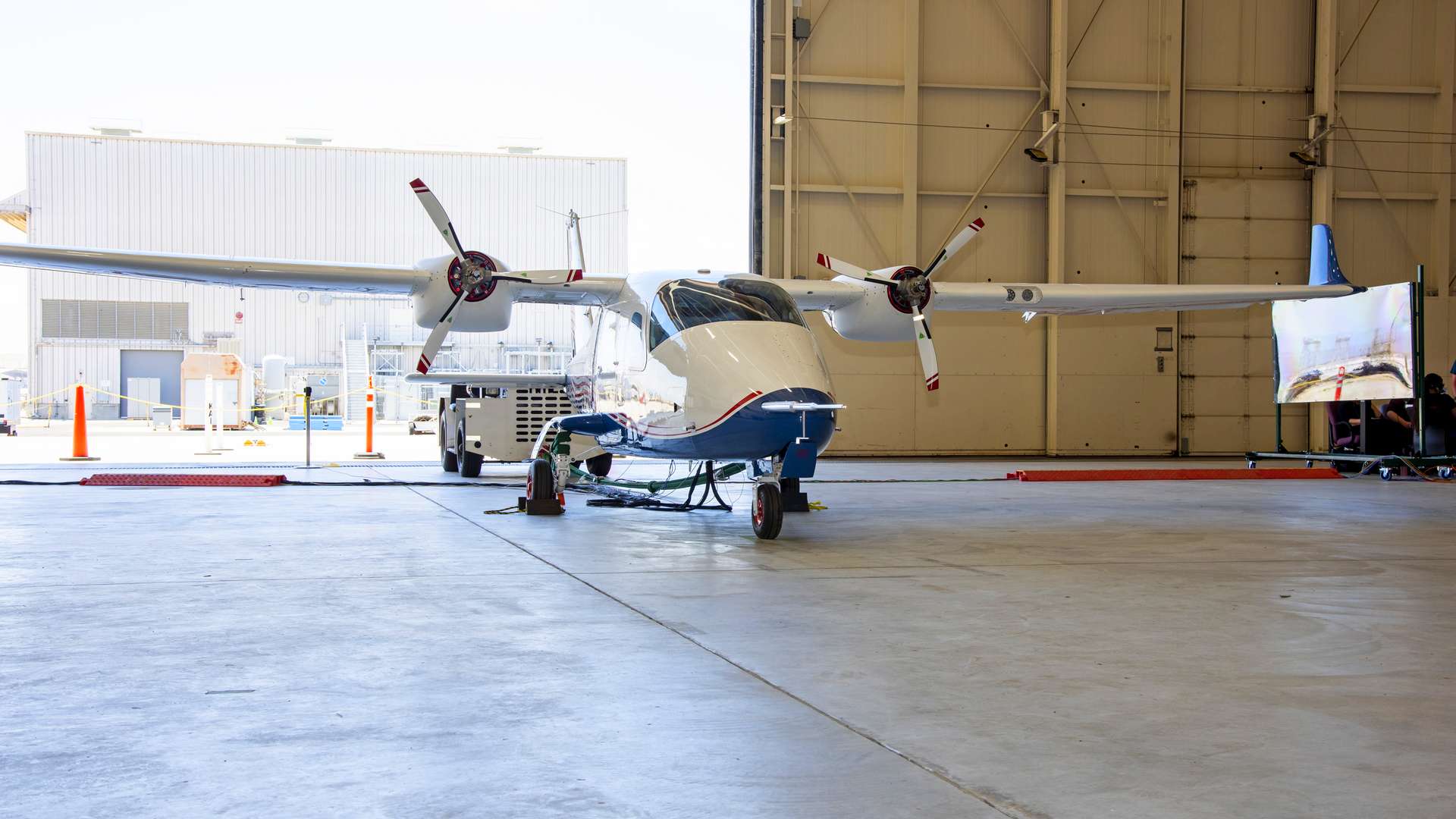
As for NASA, it has been using the X-57 Maxwell for studies into several aspects of these aircraft designs. The X-57 started out as an Italian-made Tecnam P2006T, which normally flies thanks to a couple of 100-hp Rotax 912 piston engines.
NASA has been modifying the X-57 to run on electric motors, with the energy coming from stacks of onboard lithium batteries. Also, NASA has been ground testing the aircraft, putting the electric motors through their paces using ground power. Further, NASA has been testing its lithium batteries very thoroughly, including for thermal runaway events.
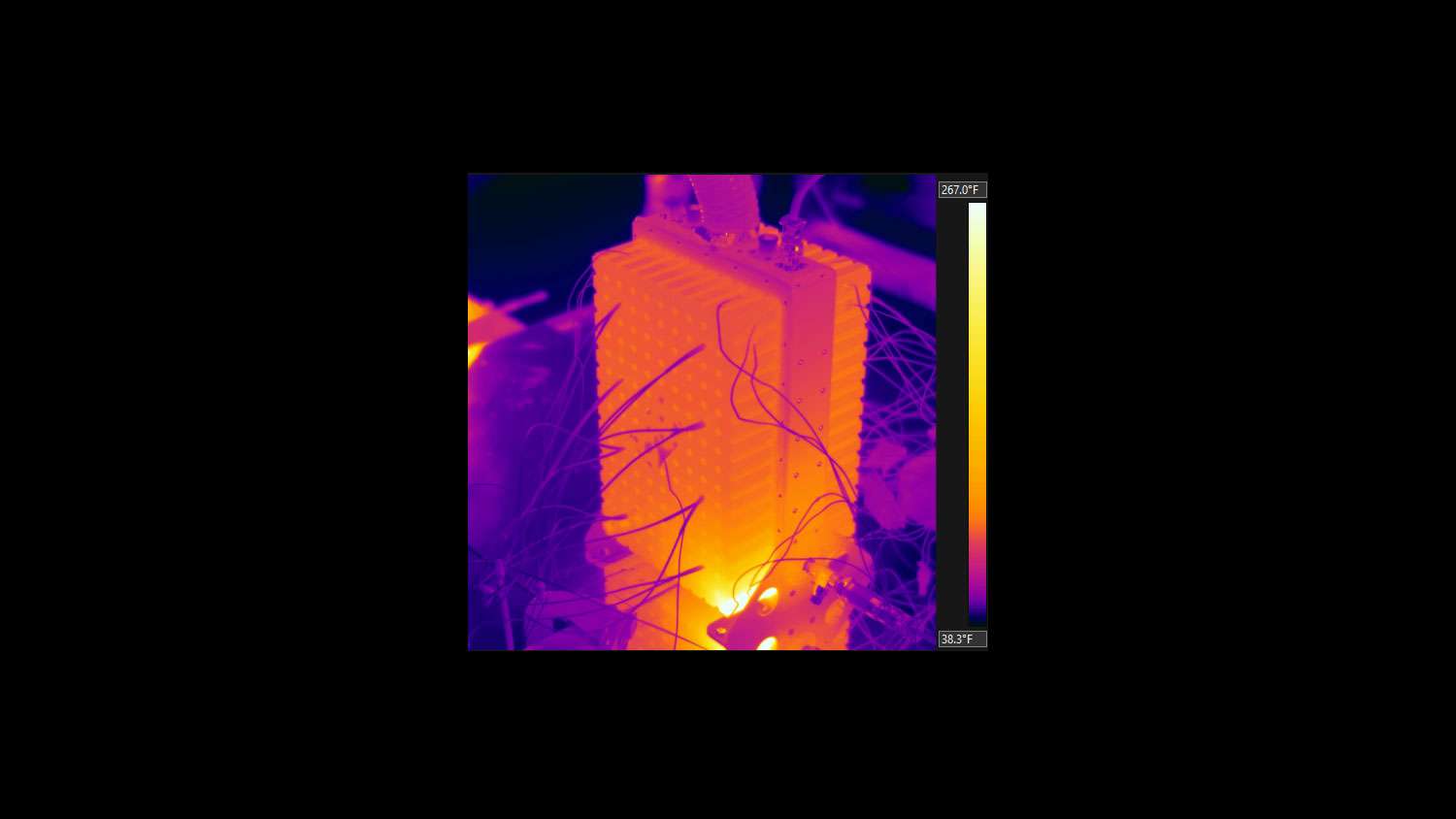
NASA X-57 – A Multi-stage Project
But in its definitive form, the NASA X-57 would go some way beyond testing the basics of battery-electric propulsion. The plan was to fit the aircraft with a new, higher aspect-ratio wing, equipped to test distributed propulsion.
In this configuration, the aircraft would have two large motors at the wingtips, helping reduce drag by negating wingtip vortices. But each wing would also feature six smaller motors. These would run in takeoff and landing, increasing the wing’s lift and improving its low-speed performance.
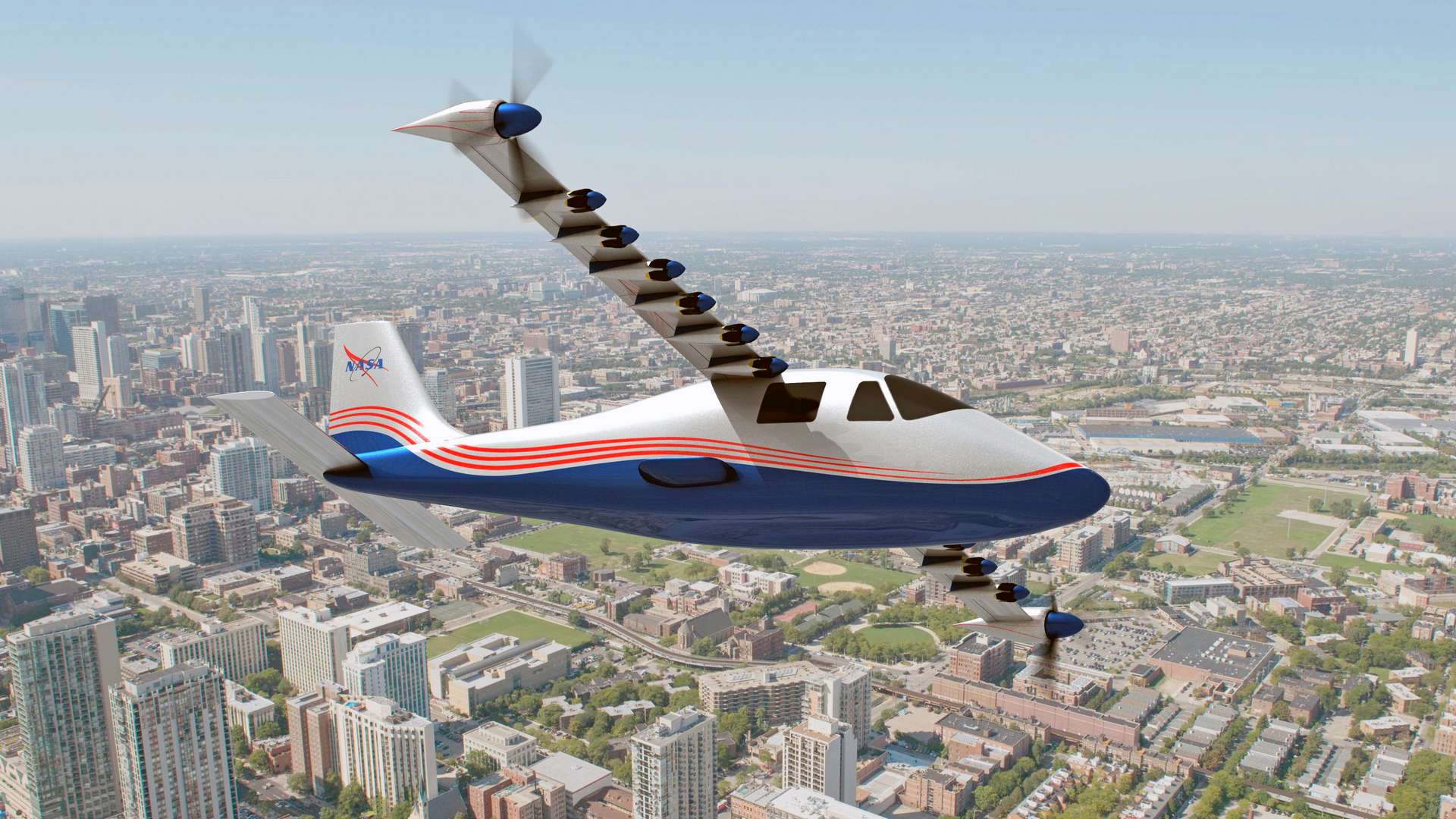
That definitive form of the aircraft would have been its fourth (Mod IV). Mod I is the stock Tecnam P2006T, complete with new testing equipment. Mod-II of the X-57 would have been the first battery-electric version that NASA would fly.
Alas, it now looks like this won’t happen. NASA will continue to analyze and evaluate the lessons from the X-57 Maxwell program for several more months. But its direct involvement with the aircraft will stop by the end of the coming September.
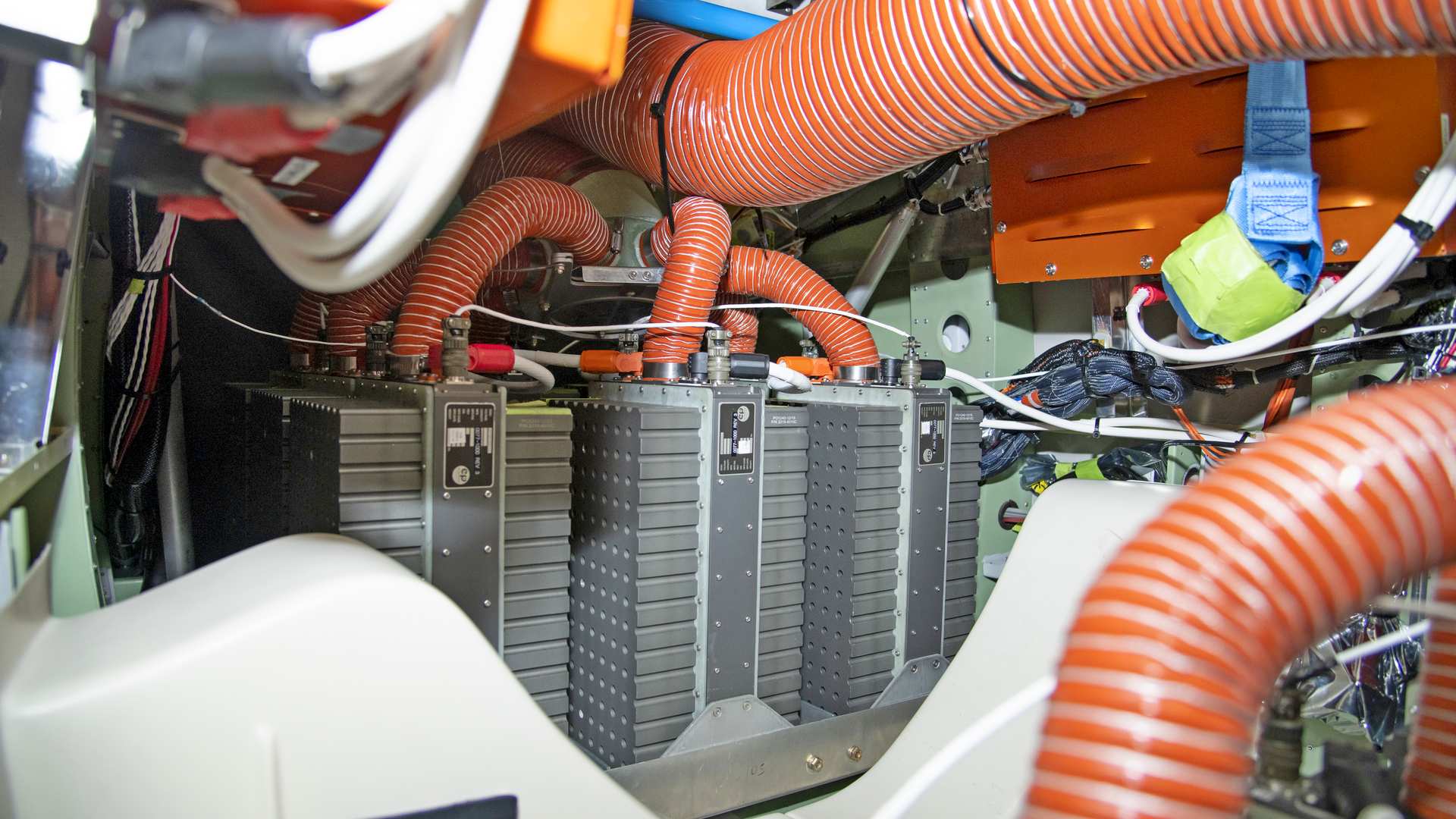
Why Stop Now?
NASA’s announcement doesn’t offer any specific technical details about their change of plans, but it includes the following:
“The project encountered several challenges to safe flight, including mechanical issues late into its lifecycle and a lack of availability of critical components required to develop experimental hardware.”
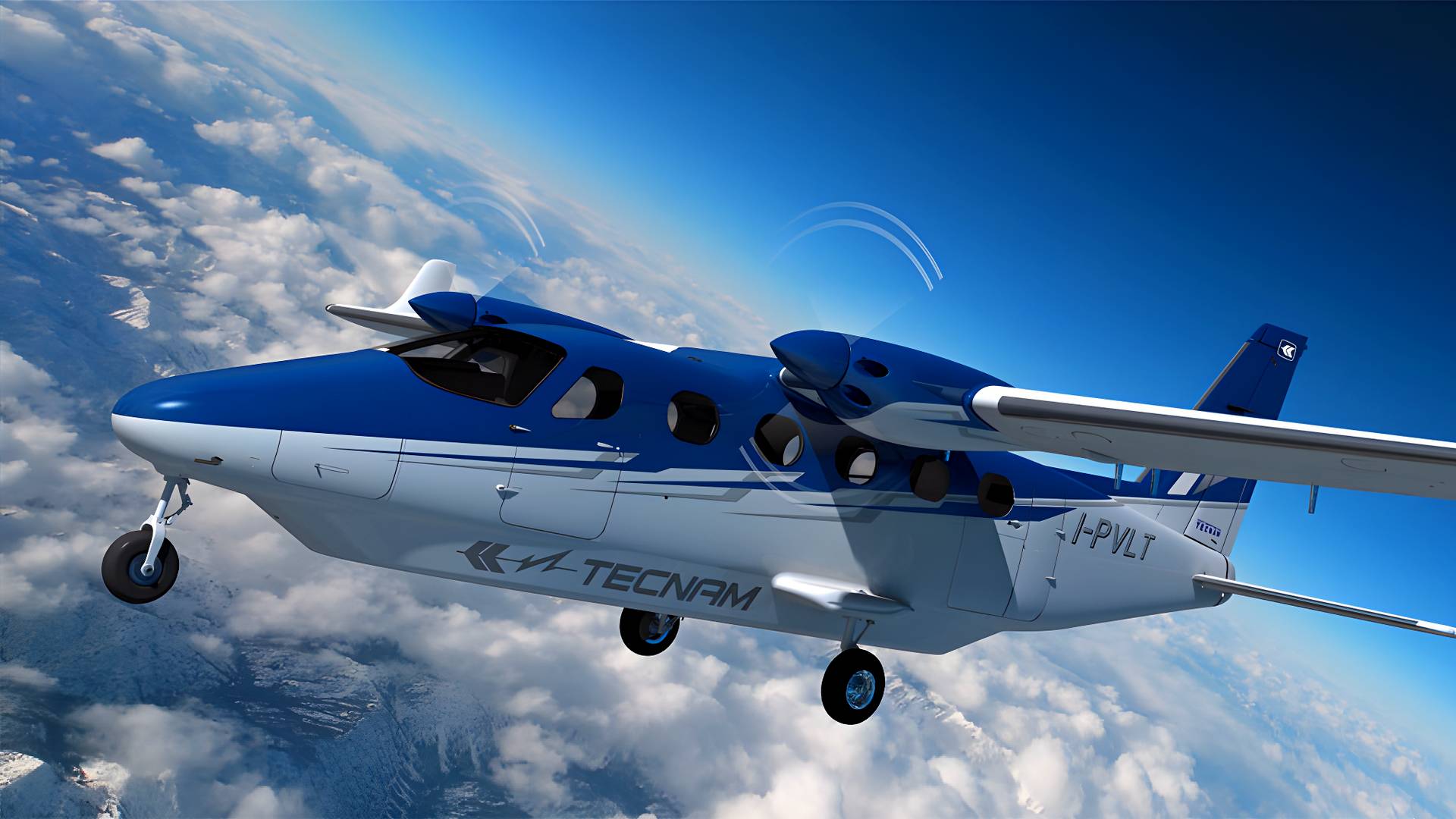
This decision closely follows the indefinite postponement of Tecnam’s own battery-electric project, the P-Volt. The Italian aircraft manufacturer based this project on the bigger Tecnam P2012 Traveller, to make a 9-seat commercial plane.
As we saw, Tecnam postponed the program because it couldn’t commit to a specific launch date, with some key (i.e. battery) technologies not yet being where they needed to be. NASA didn’t explicitly identify batteries as the missing “critical components” it needed, to fly the X-57.
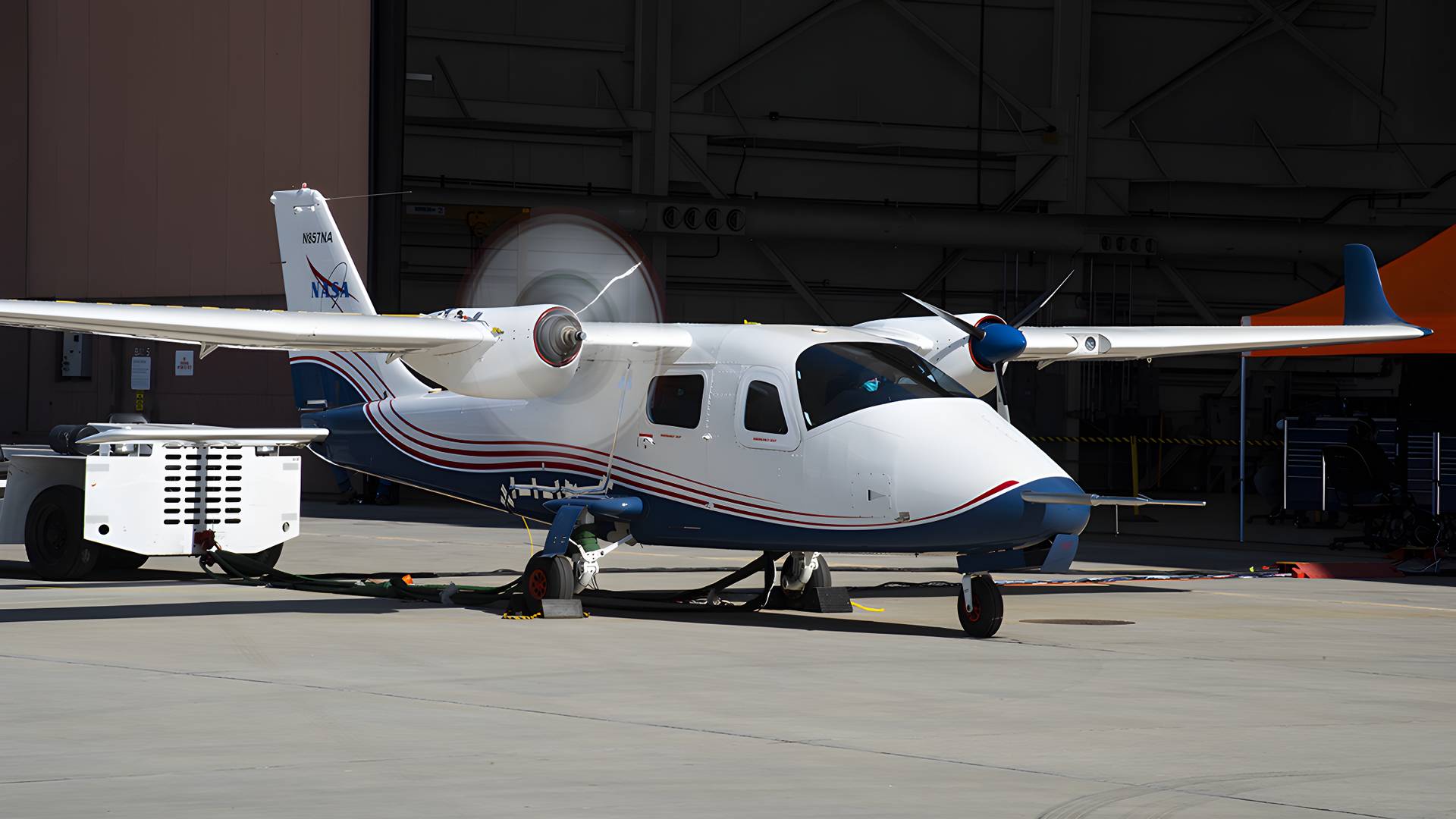
But NASA maintains that its X-57 team has already done critically important work on the program. One vital aspect of the project was to generate information on the systems involved, on behalf of the FAA. The regulatory agency will rely on this information to certify eVTOLs and other battery-electric and hybrid-electric designs.
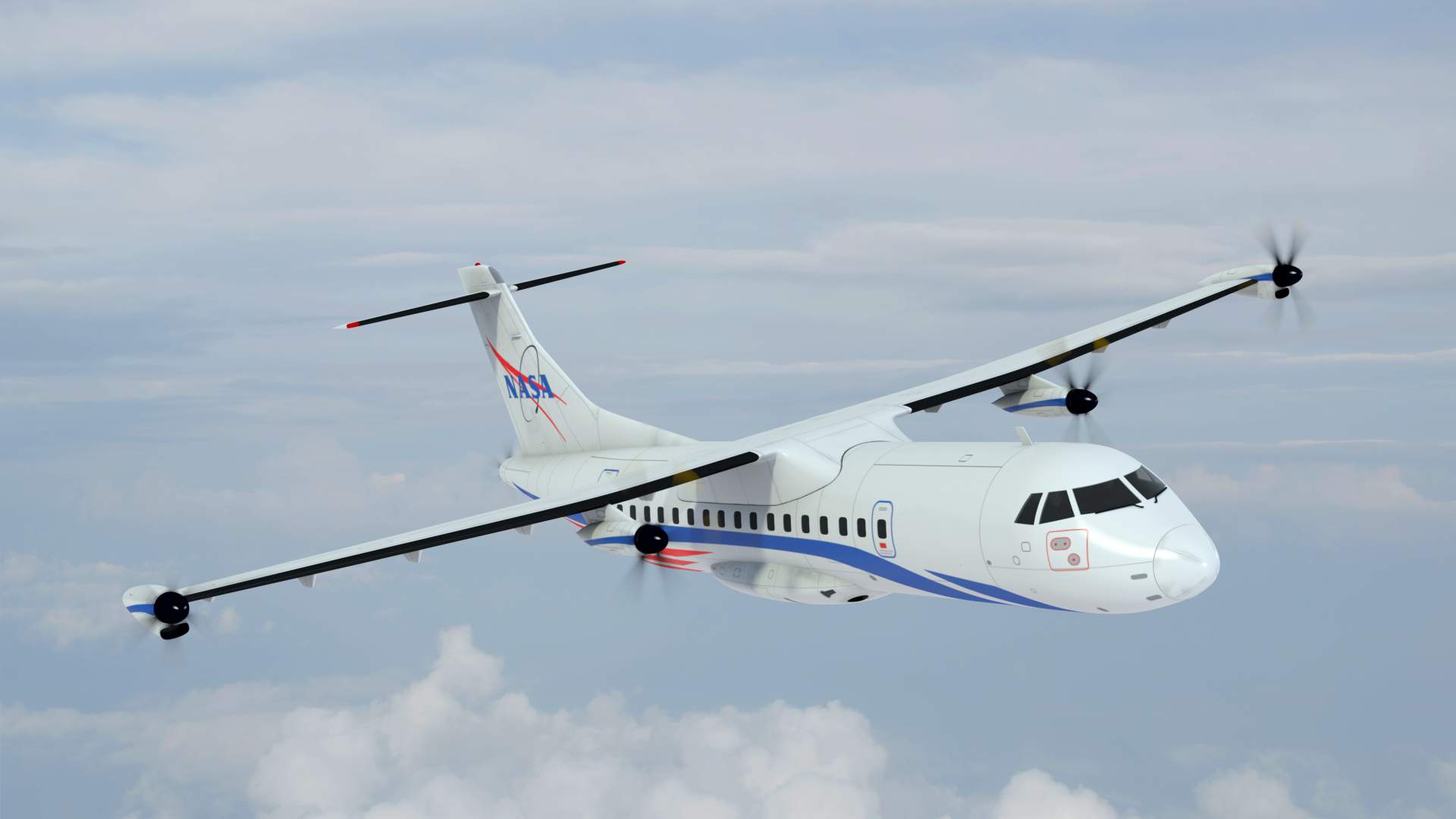
However, this isn’t the end of NASA’s involvement with electric propulsion. The agency is still working on the Electrified Powertrain Flight Demonstration project, or EPFD. This will be a megawatt-class parallel hybrid turboprop design, based on an ATR turboprop. The project shares some of the research goals of the X-57, at a larger scale, but with less emphasis on batteries.




2 comments
Bruce Atkinson
NASA has been ordered by the head of the Biden Crime Family to focus on blocking sunight. Apparently they have realized that humans are not the cause of climnbg
Frank Berge
They won’t make any progress with classic physics. According to Renewed Physics you simply install a properly rated RAT for each electric engine at the tail and off you go – that’s highschool basics!
Only problem: Flying itself is bad. Very bad☝🏻
Seriously: I bet my a$$ we’d rather see yogis levitating through the terminal than electric commercial transports for at least twenty++ years. Battery densities roughly in the same class
as av fuel are still waayyy ahead. How to deflect gravity from these lumps is another challenge…